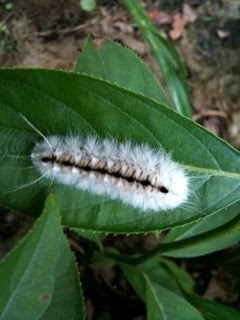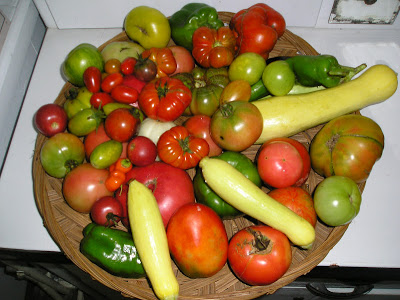Access to some software applications that the University provides requires creating a “Friends of Penn State” account. This is a totally free account with privacy assured, that will provide a modicum of security control and some demographic data about who is using the application. It’s essentially just an on-line identity for PSU applications, very similar to registering for on-line access to free content from Newspapers and Magazines.
The process is easy. Go here. Click on "Create an Account". Answer the information (First Name, Middle Name, Last Name, Address) and create a password (must be at least 8 characters long and contain both letters and at least one number). You will be given a userid, based on your initials (if you don’t provide a middle initial, one will be assigned) and numbers. So, my userid is rce11, for example. Linda S. is lbs112. Linda H. is lmh19, etc. You’ll also need to fill out some basic demographic data.
Eventually, all Master Gardeners (and other Extension volunteers, including 4H’ers) will need to open a “Friend of the University” account because sometime after the first of the year, the system for reporting our volunteer hours will be changed, and the new application will require folks to use this registration process in order to gain access to the new system.
We'll know more after the training session in Gettysburg that Linda and I will attend on November 12, so stay tuned.
Crocodiles & Mangroves: A Letter to The Midwest
2 hours ago


